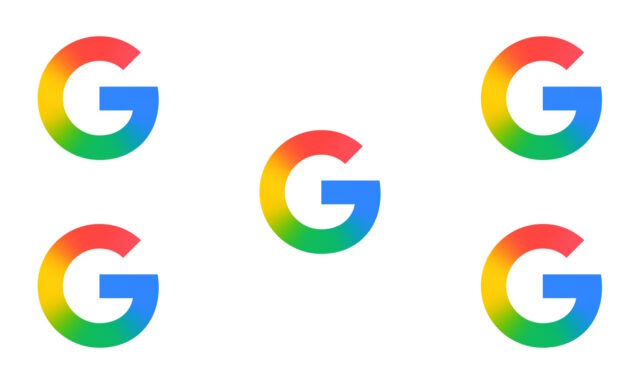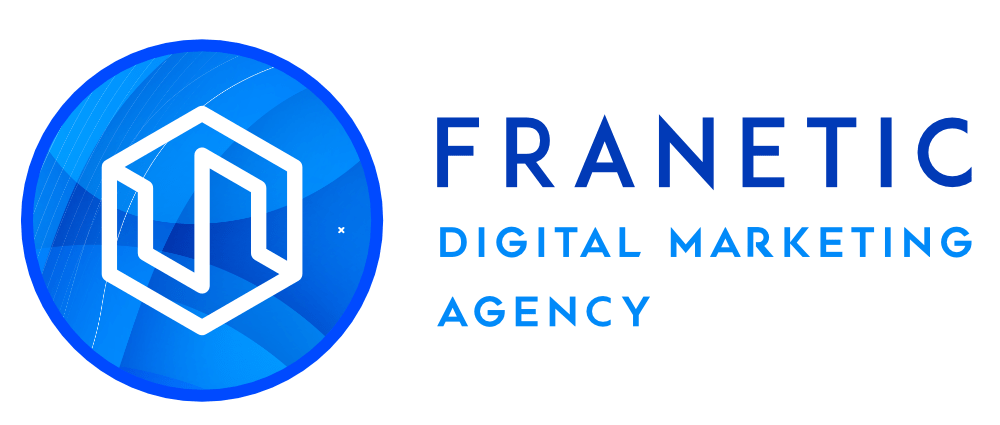
Google’s recent security breach underscores vulnerabilities even a giant like it can face. An attack on a Salesforce instance has led to the exposure of critical user data concerning a specific group of Google Ads customers.
Understanding the Attack
The Google Threat Intelligence Group (GTIG) detected suspicious activity back in June, tied to a group dubbed UNC6040. This financially motivated faction, specializing in voice phishing (or “vishing”), targeted Salesforce—leading to alarming revelations about compromised data.
Google responded swiftly, reaching out to affected customers via email to explain the breach. Their communication, as reported by Bleeping Computer, stated:
“We’re writing to let you know about an event that affected a limited set of data in one of Google’s corporate Salesforce instances used to communicate with prospective Ads customers… basic business contact information and related notes were impacted by this event.”
Customer Concerns Heightened
This incident raises eyebrows, especially among Google Ads customers—or those contemplating joining. It’s uncommon for a tech titan like Google to be so directly impacted by such breaches, highlighting an unsettling vulnerability.
The Scope of the Breach
In a blog post, Google elaborated on the attack mechanics, stating:
“Analysis revealed that data was retrieved by the threat actor during a small window of time before access was cut off… The data retrieved by the threat actor was confined to basic and largely publicly available business information, such as business names and contact details.”
While Google seems to downplay the extent by labeling the data as mostly “public,” the lack of detail regarding potentially sensitive data is concerning. The fallout from such breaches can be far-reaching, with trust as a critical casualty.
Magnitude of Data Exposed
Disconcertingly, the attackers affiliated with ShinyHunters have claimed responsibility, asserting that they siphoned approximately 2.55 million records. However, the actual number of affected customers remains murky.
As DataBreaches.net reports, these attackers sought millions from Google to keep the data private. As of now, neither party has disclosed whether a ransom was paid or under consideration.
Strengthening Security Posture
In light of this breach, Google provides proactive measures aimed at bolstering security fit for organizations to implement:
- Principle of Least Privilege: Limit access permissions to only those essential for roles, especially for sensitive tools like Data Loader, to mitigate broad data export risks.
- Manage Application Access: Rigorously control connected applications to avoid unauthorized interactions within Salesforce. Limit permissions, especially for high-risk capabilities like “Customize Application.”
- IP-Based Access Restrictions: Employ IP address limitations to thwart unauthorized access attempts, particularly from commercial VPNs.
- Leverage Advanced Security Monitoring: Utilize tools within Salesforce Shield for enhanced visibility and automated responses, vital for detecting anomalies.
- Multi-Factor Authentication (MFA): Universal MFA implementation remains critical for thwarting unauthorized access, reinforcing security against social engineering attacks.
Maintaining vigilance in cybersecurity is paramount. Organizations must adapt quickly, continually upgrading defenses to meet evolving threats.






